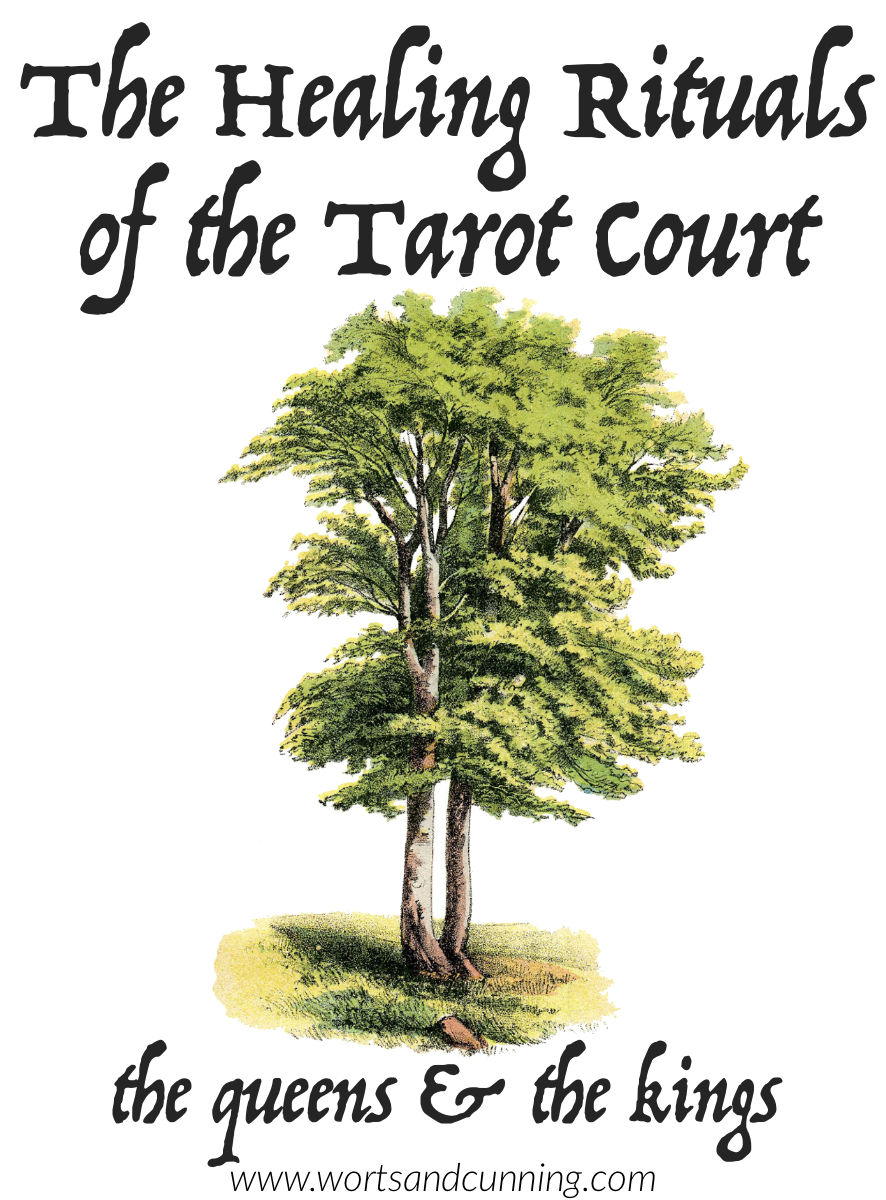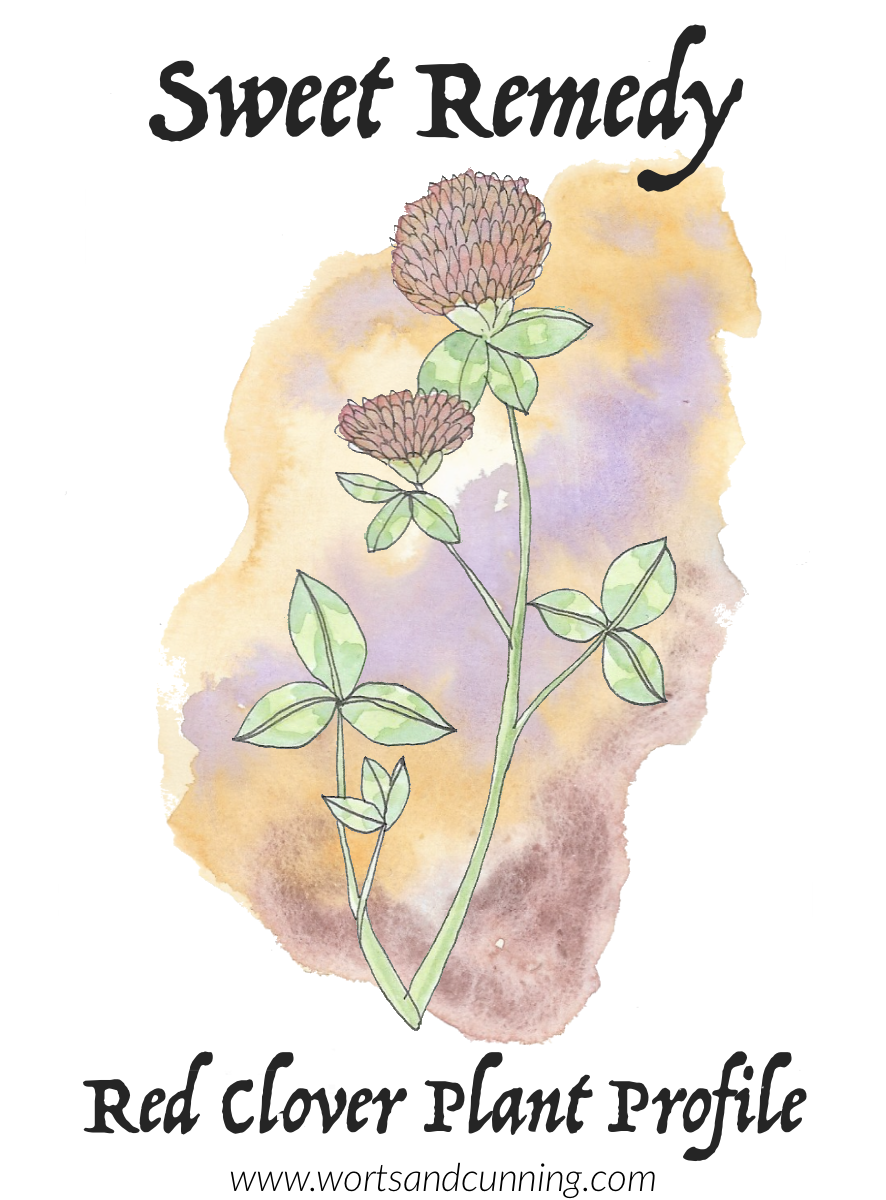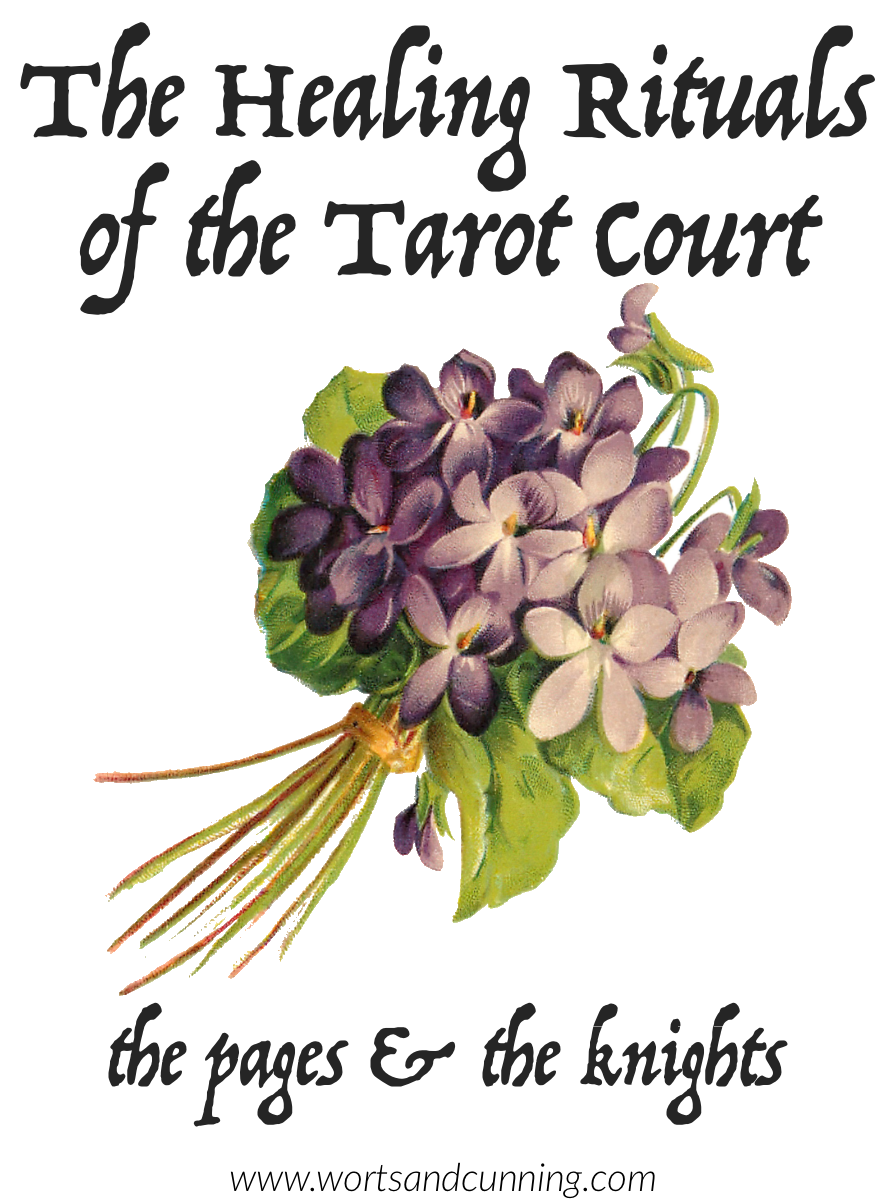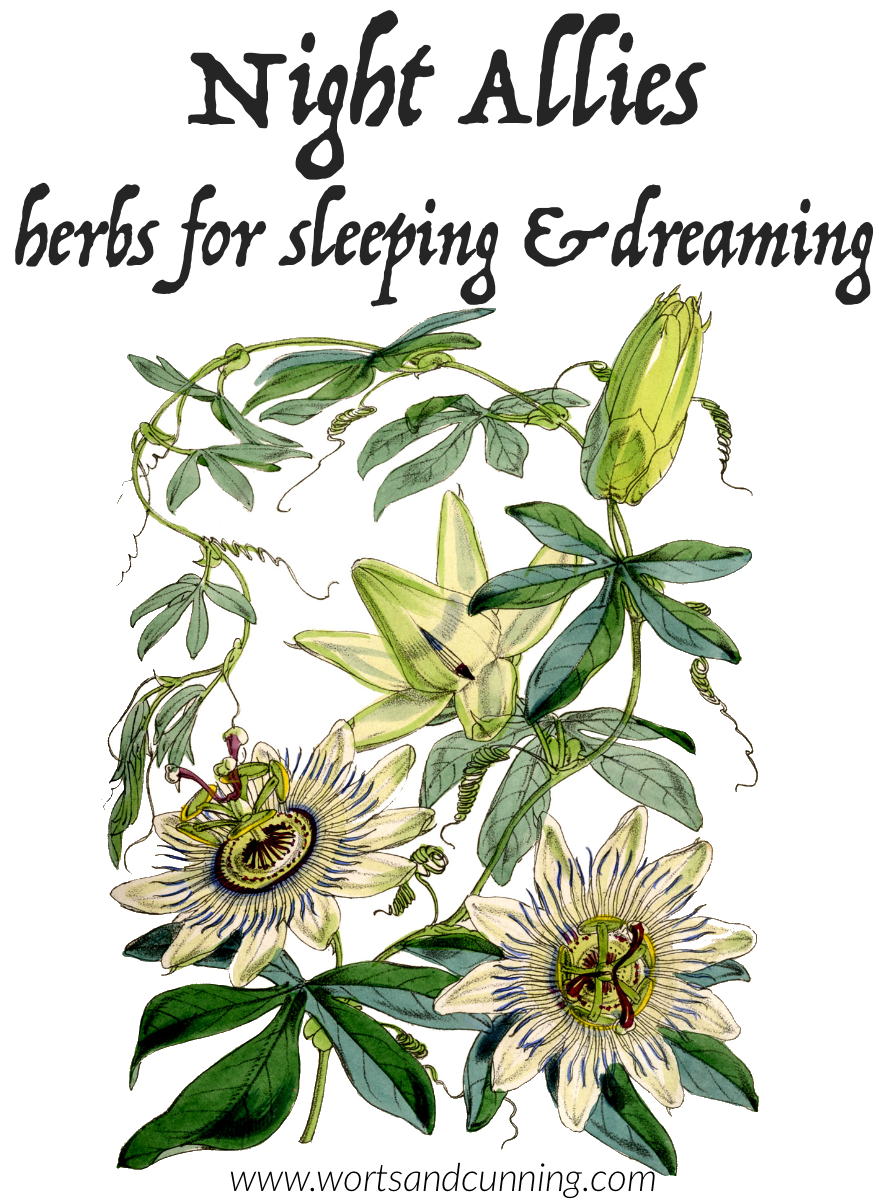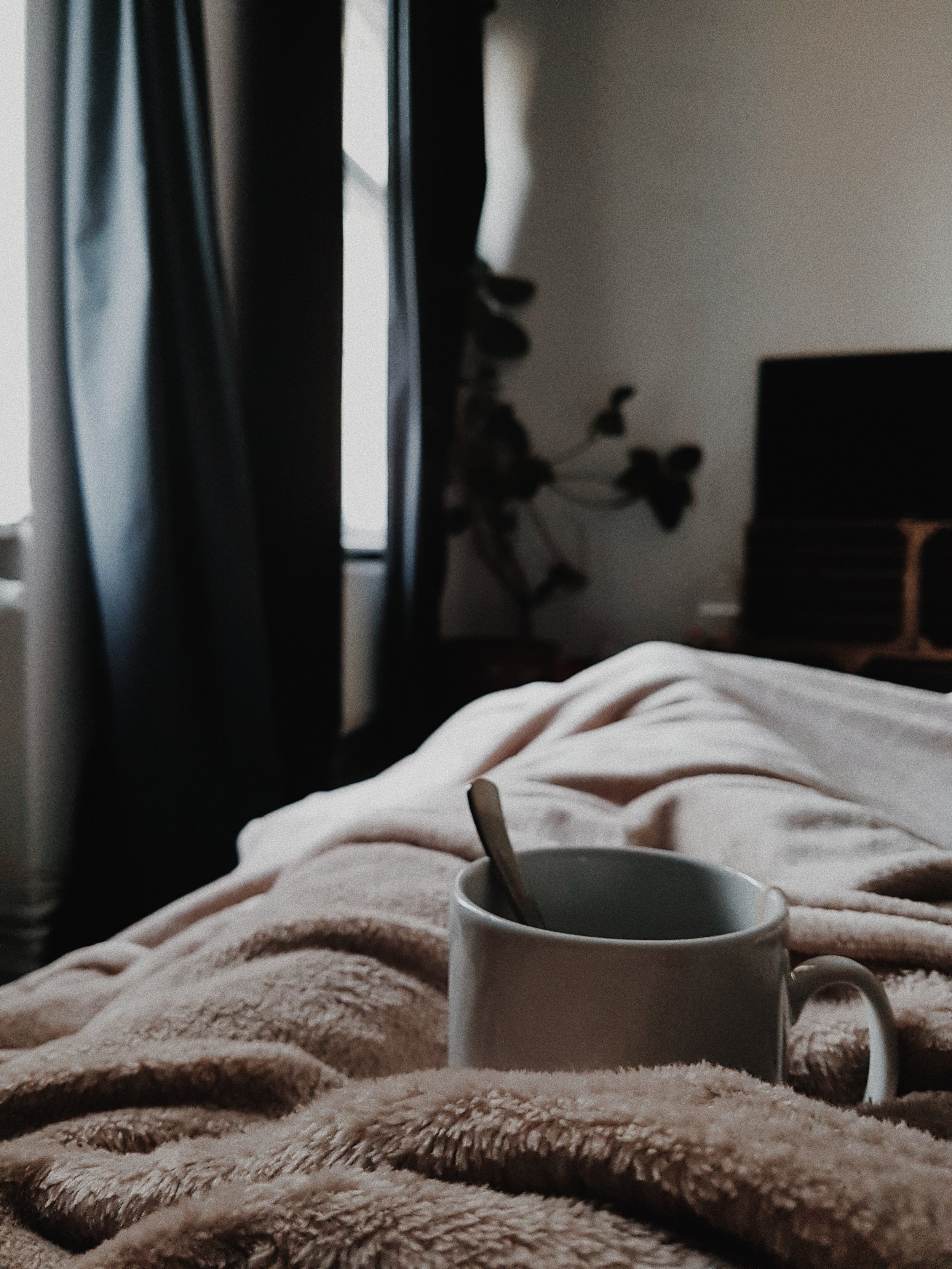Healing Rituals of the Tarot Court: Queens & Knights
I find the tarot to be a useful tool of self-reflection and community connection, with the Court cards being some of the most intriguing archetypes to work with. But the Court cards can also be confusing to a lot of folks (myself included in my early years of reading the cards), so I thought I’d share the ways that I’ve found these cards to speak to me and offer insights on the path of healing.
Having already explored the foundational meaning of the Court, alternative ways of naming the Court cards, and the meaning and rituals of the Pages and Knights, it is now time to turn to the Queens and Kings.
Connecting & Collecting: The Queens & the Kings
The Queen and the King are the two elders of the Court cards, whether this elderhood is defined by actual chronological age or lived experience and skill, depends on the reading. Like the Pages and the Knights, their energies are inexplicably linked - one is not able to do much without the other. One of the ways that I distinguish between the energies of the cards is that I see the Queen cards as either peers (i.e. working with someone who shares similar levels of knowledge and experience which allows you to work together easier) or expressions of mystical individuation (i.e. the oracle who acts as a bridge between the mundane and magickal, but have to maintain a sense of self to be able to perform such a mystical duty safely; the mediator who is working with others but must maintain an air of separateness; or the artist who is focused on their individual self-expression). The Queens are interested in the sharing of information and preserving and creating the systems by which information can be exchanged.
The Kings are mentors and teachers - they are meant to represent knowledge and experience greater than your own. The energy of the Kings focuses on how they are going to create structures to protect the legacy of wisdom not only that they are leaving behind, but the wisdom of their communities. The Kings are interested in collecting information, sorting it, and storing it for future generations. If information of the Queens is free-flowing like a river, the Kings are the ones creating quiet pools and dams for information to pool, be studied, and easily accessed. Both are working with the flow of information and how it is accessed and shared.
For a different approach to understanding what I just shared about the Queens and Kings, take a moment to imagine the traditional Smith-Waite image of The Hermit. For me, the Queens are the Hermit themselves, often accessed in the wild and fierce places of our psyche, while the Kings are the lantern which protect the light of wisdom - both of them have worked hard to nourish and make sure that others will see and be warmed by the light of wisdom for generations to come.
The Rituals
These rituals were written with the solitary practitioner in mind but can be easily adapted to group needs. Add to, adjust, and leave out whatever you need from the rituals as you are called. I try to create rituals that are simple enough for most folks to show up to but can also act as a foundation for folks to build upon. I hope you always feel inspired to make them your own.
The Queens: A Ritual of Reconciliation
Oracle · Companion · Artist · Visionary · Sybil · Mediator · Organizer
Primary Element: Water
Plant Ally: Lemon Balm (Melissa officinalis)
Working with the Queens is an opportunity to reconcile different aspects of your life into a woven whole. When Queen cards show up again and again in our readings they can indicate a need to acknowledge, honor, and make space for an important aspect of your identity that has been denied, hidden away or not properly recognized for its brilliance. Another way to understand Queen energy is to imagine your energy or your sense of self as a river and to notice where that energy is blocked and stagnant versus free and flowing. The reasons why Queen cards so often act like mirrors to our own state of flow is because they are interested in the exchange of energy and knowledge which can only happen when we are able to access our own energy and knowledge and allow it to flow between ourselves and others. Queen energy helps us to recognize the parts of ourselves that we worry or believe "hinder" the more acceptable parts of ourselves (whether that is acceptable by our own standards or the standards of the people and cultures around us such as it might be seen as acceptable for us to embody the energy of the constant helper but unacceptable to be the confident leader).
In the following ritual we'll begin by identifying one aspect of ourselves that we hope to embrace, to call home, to reconcile with.
For your ritual, you'll need all four Queen cards from your tarot deck of choice. Alternatively, you can spend time drawing, collaging, or otherwise creating your own personal Queen cards to use in ritual. Depending on the aspect of yourself you're seeking to embrace, you'll need items that you can use to build an altar for that part of yourself, including images and items which celebrate that part of yourself and make that part of yourself feel at home (i.e. a flag that corresponds with the part of your gender or sexuality you are embracing).
Take a moment to contemplate one part of yourself that may have been denied but deserves reconciliation. For some of you this will be clear, but for others this might need some extra consideration, maybe even a tarot spread to help you connect with the part of yourself that feels missing. You can also ask yourself questions along the lines of:
What is a part of myself that I hide away from others because I worry what they'll think?
Who would I be more of if I wasn't afraid of the perceived or real consequences?
When you're ready, begin by laying out the four Queen cards face down in front of you. Holding the image of the part of yourself that you are calling home, speak the following invocation:
Queen of wisdom
Queen of might
Wrap me in your dark and light
Guard the path that on I go
That what I call
Comes safely home
Then choose one of the Queen cards - this is the Queen that has stepped forward to guard the path between you and the part of you that you are calling home. Set the card in a central place on your altar. You can set the other Queen cards either behind your guardian Queen or on other parts of your altar as you feel called.
Now, build your altar, speaking sweet things to the part of you that you are calling home as you set up a space of honor for them, for you. You can be silly or sincere or some space between - speak in a way that feels good to the part of you that you're calling home, maybe even using a name or title either given or chosen that feels personal and special to the part of you that you're calling home. You might say things like:
Oh my sweet young self, with all your playfulness and silliness, come on home, I have your favorite book right here.
Hello, art kid, it's time to pick up your pencils again. I can't wait to create art with you.
Hey, there, tenderheart. It's ok to cry here, your sensitivity is so beautiful and I've missed you.
Beautiful one, I'm so sorry I've had to keep you hidden away - it's safe now for us to start dressing more like who we really are.
As you build your altar and speak your sweet spell of homecoming, whenever you start to turn to the image of the Queen on your altar and speak the invocation, calling their power in to protect you and support you as you reconcile with this part of yourself that you're calling home.
When you feeling settled, you can speak the following charm:
Holy, holy, holy
Holy is the way
Found myself here again
And here I'm going to stay
If you want, you can end with a tarot spread that acts like a reintroduction to your reconciling self. This can be as simple as a three card energetic check-in or more complex like an Ancient Self or Future Self spread. Keep your altar up for as long as you like, either adding or subtracting from it as your reconciled self becomes more settled and more able to shape your world in a reflection of your wholeness.
The Kings: A Ritual of Legacy
Archivist · Queen · Mentor · Shadow · Architect · Sage · Teacher
Primary Element: Fire
Plant Ally: Sage (Salvia officinalis)
Working with the Kings is an opportunity to create little legacies for our future self to benefit from. The legacies that we are creating, both personal and communal, aren't just about what we leave behind when we pass on to the next life, but those that we and others are creating that are useful for us in the present and not-so-distant future. While the magick of the Queens in our lives mean that we might be identifying and tapping into currents of energy that we desire (i.e. the ecstasy of a runner's high and the pleasure of a mental and physical challenge), the magick of the Kings in our lives help us to create the structure for that energy to thrive and flow (i.e. scheduling time for runs each week and researching the best shoe for your needs).
The following ritual helps us to create small reminders for our future self of our present wisdom to help us reach a specific goal or for our general wellbeing.
For your ritual, you'll need all four King cards from your tarot deck of choice. Alternatively, you can spend time drawing, collaging, or otherwise creating your own personal King cards to use in ritual. You will also need at least four pieces of paper (I like to use index cards) and your favorite writing supplies.
Begin by setting out the four King cards in the cardinal directions around you. You can follow the directional correspondences of the tradition you follow, but here's the recommendations for many western esoteric traditions:
East: King of Swords
South (Northern Hemisphere) / North (Southern Hemisphere): King of Wands
West: King of Cups
North (Northern Hemisphere) / South (Southern Hemisphere): King of Pentacles
Call in the energy of each King by turning to the appropriate direction and speaking the corresponding invocation. If you like, you can also light a candle in each direction, trace an invoking pentagram, offer incense, water, etc. Create as much structure and ceremony to the ritual as you feel inspired to. I have used the title "King" for each of the invocations, but you should feel free to substitute the title for the one you're most connected with.
King of Swords
Come you near!
Thought and skill
Gifts you bear!
Place of rising
Space of light
Bring your magick
To this rite!
᠅
King of Wands
Come you near!
Respect and trust
Gifts you bear!
Place of action
Space of might
Bring your magick
To this rite!
᠅
King of Cups
Come you near!
Hope and healing
Gifts you bear!
Place of feeling
Space of sight
Bring your magick
To this rite!
᠅
King of Pentacles
Come you near!
Love and growth
Gifts you bear!
Place of courage
Space of life
Bring your magick
To this rite!
Once you have called in each of the four Kings, it's time to work with pen and paper. As each King represents a different area of your life to create the types of structures that work best for you, you'll be creating a series of cards that help you connect with a piece of wisdom and follow up steps for each area of your life. For general wellbeing affirmations and accompanying actions inspired by the King of Swords in your life might be:
Affirmation: I trust my powers of discernment.
Actions: Practice five minutes of square breathing. Speak my decision or real experience of a situation out loud. Feel that discernment in my body.
If you are working towards a specific goal such as developing a sustainable running practice your affirmations and accompanying actions might be something like:
Affirmation: I am strong and focused - I know I'm a runner.
Actions: Choose an affirmation to say throughout your run. Paste a copy of it to your mirror. Practice a five minute run visualization (i.e. visualizing your run path and how good you'll feel afterwards).
I like to write affirmations on one side and actionable steps on the other, but you can create your cards however you like including illustrations, inspirational quotes, and more. Make at least one card for each King, but feel free to make as many as you like. Below I've listed a few correspondences for each of the Kings, but get inspired by your own intuition as well as the art specific to your tarot cards to help you write your affirmations.
When all affirmations are written, it is time to charge your deck. If you have a preferred method of charging up magickal items, proceed as you like. Otherwise, pick up the card(s) inspired by the King of Swords and turn to the appropriate direction. Hold them between your palms and begin to move your arms towards the East and back towards, tracing the path of a lemniscate or infinity symbol. As you do this, visualize gathering up the energy of the King and Swords and your own energy into an interwoven point in the palm of your hands where it charges up the card(s) you have created. Once the card(s) feel charged, you can speak the following:
By the Sword of Kings
and the magick I hold
So the path is laid
for wisdom to unfold
Repeat this process with all of your cards and all of your Kings, again, replacing the title "King" and/or "Sword" if you like with ones that more deeply resonate with you.
By the Wand of Kings
and the magick I hold
So the path is laid
for wisdom to unfold
᠅
By the Cup of Kings
and the magick I hold
So the path is laid
for wisdom to unfold
᠅
By the Star of Kings
and the magick I hold
So the path is laid
for wisdom to unfold
When you've completed your circumnavigation, gather up the cards you've created. You can place them in a place of prominence where you'll remember to use them when you need extra encouragement or guidance on your path. If you liked the King ritual and making your own set of personal affirmation and action cards, you might also like to create your own oracle of care.
᠅
If you want to keep going with your tarot explorations, you might read my post on the Pages and Knights to complete your Court card journey or find a spread to fit your needs. Interested in a deeper dive into the correspondences of the court? Learn more about the four sacred elements from a traditional western herbalism perspective that each Court card is associated with.
Ready to read the tarot as a book of healing? Come this way.
I hope that this series has illuminated the sometime opaque tradition of the tarot Court and inspired your own practice of embodied healing.
This post was made possible through patron support.
❤︎ Thanks, friends. ❤︎
Decks Shown
A Deck of Cards by PW (c. 1500)
Neutral Vibes Tarot
Tazama African Tarot
The Future Ancestor Tarot
The Shining Tribe Tarot

